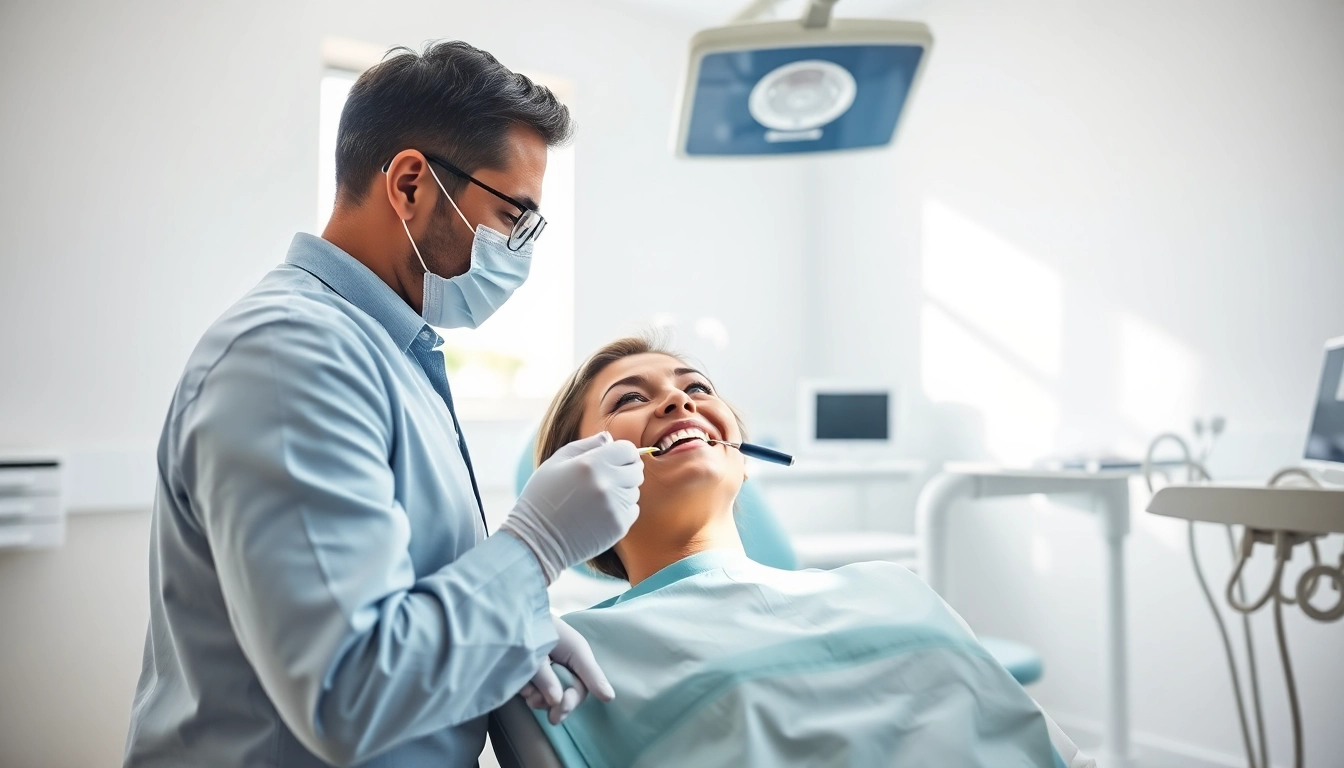What is Testosterone Replacement Therapy?
Defining Testosterone Replacement Therapy
Testosterone Replacement Therapy (TRT) is a medical treatment designed to address low testosterone levels in individuals assigned male at birth (AMAB). This therapy is primarily aimed at restoring hormonal balance, alleviating symptoms associated with testosterone deficiency, and improving overall quality of life. Administered in various forms such as injections, transdermal patches, gels, and pellets, TRT seeks to bring testosterone levels back to a normal range, thereby improving a patient’s physiological and psychological well-being.
Low testosterone, medically termed hypogonadism, can result in a spectrum of health issues, including decreased libido, fatigue, depression, loss of muscle mass, and various metabolic syndromes. Understanding the critical role of testosterone in the body is vital for recognizing the importance of Testosterone Replacement Therapy in suitable candidates.
How Testosterone Levels Affect Health
Testosterone plays a crucial role in numerous bodily functions beyond just reproductive health. It contributes to muscle and bone mass, regulates fat distribution, and influences mood and cognitive functions. As men age, natural testosterone production typically declines, starting as early as their late twenties, with an average reduction of about 1% per year. This gradual decrease can lead to various issues, including osteoporosis, increased body fat, mood disorders, and cardiovascular diseases.
The correlation between testosterone levels and overall health is profound; when testosterone levels dip below the normal range, numerous deficiencies may ensue, often presenting as fatigue, low energy levels, and even increased risks of depression and anxiety. Thus, evaluating testosterone levels becomes fundamental in understanding an individual’s health status, especially as aging demographics become more prevalent.
Who is a Candidate for Testosterone Replacement Therapy?
Identifying candidates for TRT necessitates comprehensive clinical assessment and hormonal evaluation. Typical candidates for TRT include:
- Men with clinical symptoms of low testosterone: These may include persistent fatigue, reduced libido, erectile dysfunction, depression, and difficulties in concentration.
- Men with confirmed low testosterone levels: Diagnosis often involves blood tests that measure total testosterone levels, typically performed in the morning when levels are highest.
- Younger men with certain medical conditions: Conditions like Klinefelter syndrome or certain genetic disorders could necessitate TRT even in younger cohorts.
It is essential for candidates to undergo thorough evaluations, including physical exams and assessments of underlying health conditions, before commencing therapy.
Benefits of Testosterone Replacement Therapy
Improving Sexual Health and Libido
One of the most notable benefits of TRT is the improvement in sexual health. Low testosterone levels are closely associated with reduced libido and erectile dysfunction. By restoring testosterone levels to their normative range, many individuals report an increase in sexual desire, improved erectile function, and higher levels of sexual satisfaction. Studies have shown that men receiving TRT experience enhanced libido and overall sexual health, leading to improved relationships and life satisfaction.
Enhancing Muscle Mass and Strength
Testosterone is key to muscle growth and strength development. Through TRT, many men experience increased muscle mass and strength, particularly when combined with a proper exercise regime. Clinical studies have highlighted that individuals undergoing TRT often demonstrate measurable gains in lean body mass and muscle strength. This not only enhances physical appearance but also contributes to improved metabolic health and function.
Boosting Mood and Cognitive Function
The psychological impacts of low testosterone can be significant, often manifesting as mood disorders, anxiety, and depression. Testosterone plays a vital role in cognitive function, and research suggests that restoring testosterone levels can enhance mood, reduce negative feelings, and potentially improve cognitive clarity and function. Individuals on TRT frequently report increased motivation, enhanced mood, and better overall mental well-being, enabling improved productivity and an enriched quality of life.
Potential Risks and Side Effects
Short-term Side Effects of Testosterone Replacement Therapy
While TRT can yield numerous benefits, it is not devoid of potential side effects. Common short-term side effects can include:
- Acne and oily skin
- Sleep disturbances, such as sleep apnea
- Changes in mood and aggression
- Fluid retention
Many of these side effects are often manageable and decrease with ongoing treatment. Regular monitoring and follow-up with healthcare providers are crucial for managing these concerns effectively.
Long-term Health Risks to Consider
Long-term use of TRT may pose additional risks that need careful consideration. Some studies suggest an increased risk of cardiovascular issues, including heart attacks and strokes, particularly in older men. Other potential concerns include:
- Increased red blood cell count (polycythemia), which can elevate the risk of clotting disorders.
- Potential prostate health issues, including benign prostatic hyperplasia and prostate cancer.
- Impact on fertility and sperm production – TRT can suppress natural testosterone production, affecting fertility negatively.
These risks accentuate the importance of comprehensive assessment and ongoing monitoring during treatment, ensuring that any adverse effects are promptly addressed.
Monitoring and Managing Side Effects
Effective management of side effects and risks associated with TRT involves regular follow-ups and monitoring by healthcare professionals. This includes routine blood tests to evaluate testosterone levels, hemoglobin, hematocrit, and prostate-specific antigen (PSA) levels. Moreover, dosage adjustments may be necessary based on individual responses and any side effects experienced. Engaging in open discussions with healthcare providers allows patients to feel empowered and informed throughout their treatment journey.
Different Methods of Administration
Injections: Pros and Cons
Injections are among the most common methods of administering TRT, often delivered intramuscularly or subcutaneously. They can be given in varying frequencies, such as weekly or bi-weekly.
Pros of injection therapy include:
- Quick action, often leading to rapid symptom relief.
- Controlled dosing and ease of adjustment based on individual needs.
However, injections also present challenges, such as discomfort at the injection site and the need for adherence to appointments for administration.
Transdermal Patches and Gels
Transdermal patches and gels provide an alternative way to deliver testosterone through the skin. These can be conveniently applied daily, allowing for stable, consistent hormone levels without the peaks and valleys often seen in injection-based therapies.
Benefits of transdermal methods include:
- Ease of use and convenience, allowing for self-administration.
- Avoiding the discomfort associated with injections.
However, they can be less effective for some individuals and may cause skin irritation at the site of application.
Pellets: What You Need to Know
Testosterone pellets are small, matchstick-sized implants inserted beneath the skin, typically in the hip or buttock, where they slowly release testosterone over time. This method requires a minor surgical procedure for insertion but offers the advantage of long-term management, often lasting three to six months per insertion.
Pellets are lauded for their:
- Stable delivery of hormone without daily attention or injections.
- Reduced fluctuations in hormone levels, providing consistent therapy.
Nonetheless, they may carry risks of pellet extrusion, infection, and require proper scar management post-insertion.
Making an Informed Decision
Consulting with Your Healthcare Provider
Before pursuing TRT, it is essential to engage in thorough consultations with healthcare professionals. This should encompass discussions about potential benefits, side effects, the diagnostic process, and monitoring protocols. Healthcare providers can guide individuals through personalized treatment plans tailored to their specific needs and health goals. Utilizing their expertise also aids in managing the expectations of undergoing treatment.
Assessing Your Alternatives
In addition to TRT, potential candidates should explore alternative approaches for managing symptoms associated with low testosterone. Lifestyle modifications, such as exercise, a balanced diet, weight management, stress reduction, and adequate sleep, can significantly impact testosterone levels. Some individuals may find these integrative approaches sufficient for alleviating symptoms without the need for hormone therapy.
Your Commitment to Ongoing Treatment
Beginning TRT is a significant commitment. Consistency in administration, regular monitoring, and lifestyle adjustments may become necessary components of your ongoing health regimen. Evaluating your commitment to this routine is crucial in determining whether TRT is the best course of action for you. It is also essential to have realistic expectations about therapy duration and ongoing health management. Engaging fully in your treatment journey ensures optimal outcomes, facilitating a better understanding of your hormone health.



